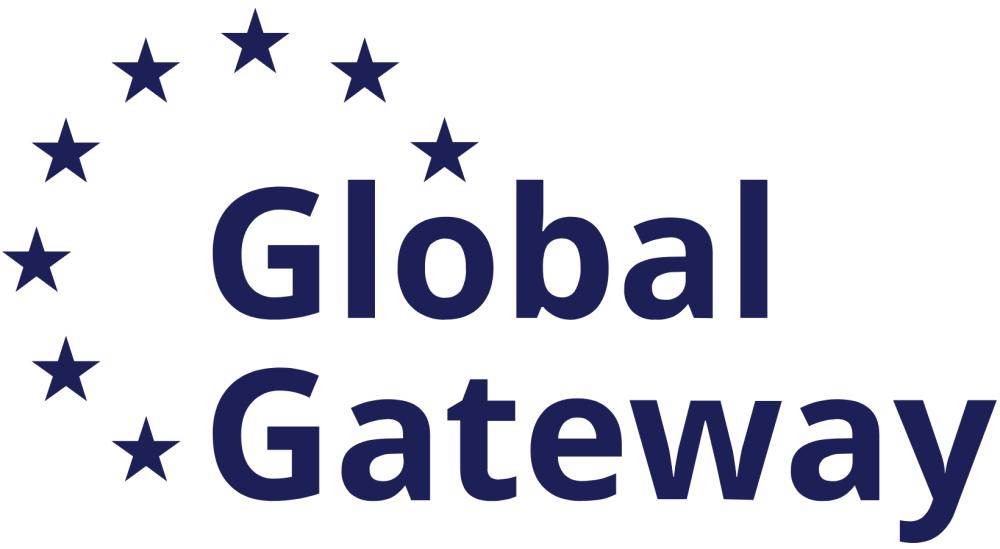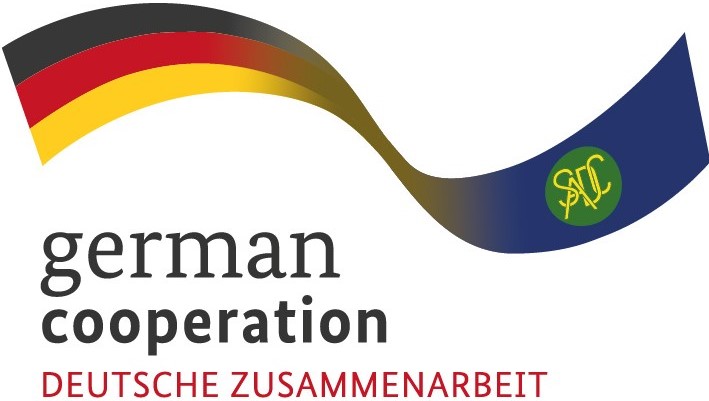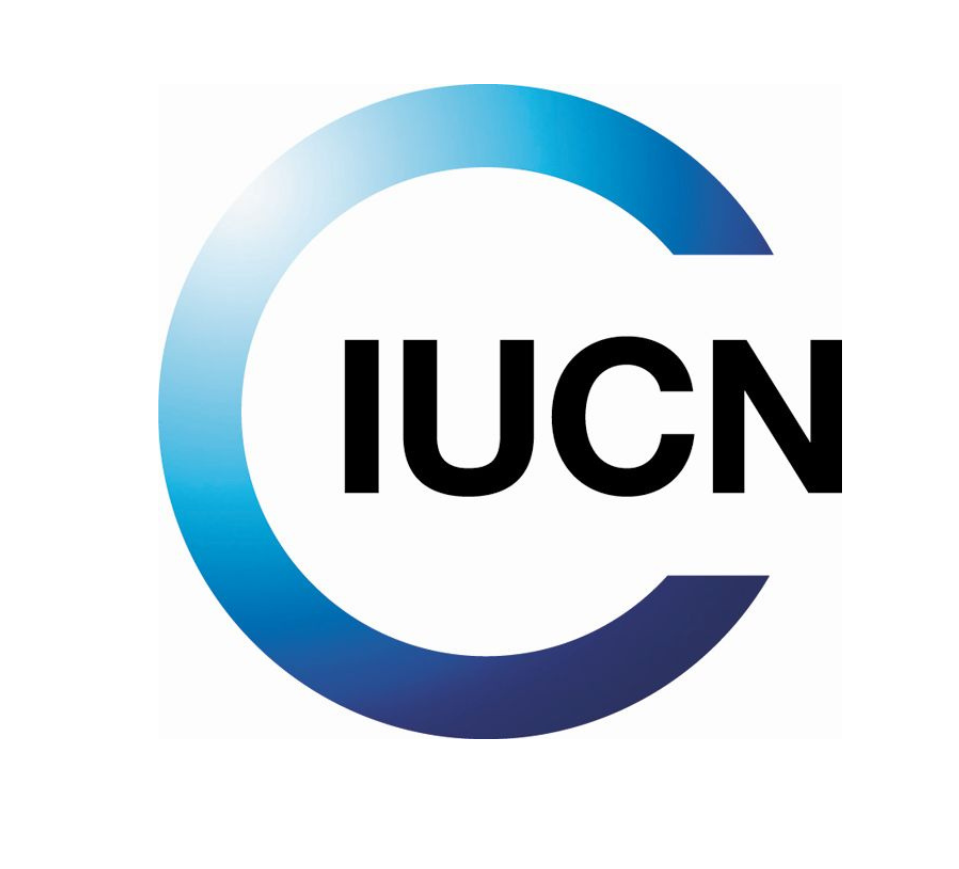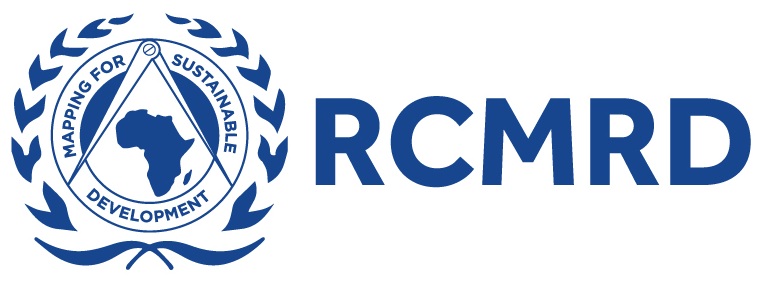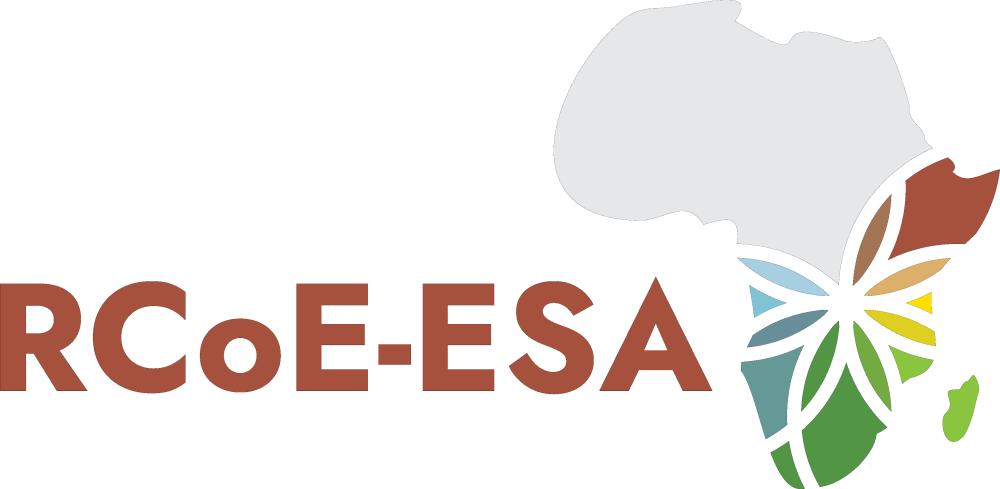 Translate
Translate
Transfrontier Conservation Areas
ZIMOZA Transfrontier Conservation Area


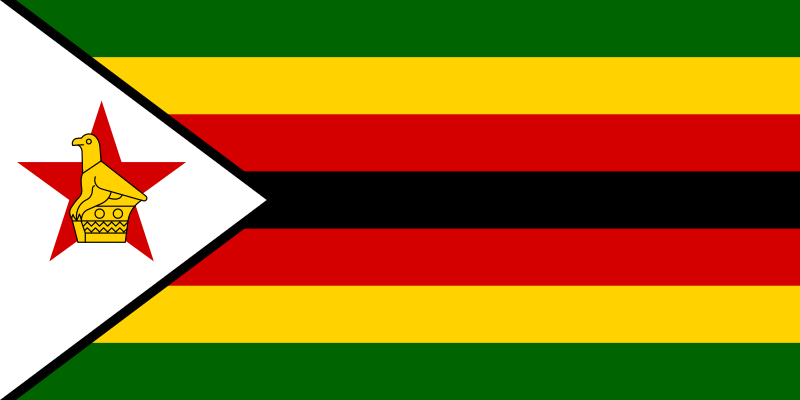
The Zimbabwe Mozambique Zambia Transfrontier Conservation Area (ZIMOZA TFCA) was formally established through a Memorandum of Agreement (MoA) signed by the three Heads of State on 18 July 2024 in Harare, Zimbabwe. It comprises of the districts of Mbire, Muzarabani, Mt Darwin, Guruve and part of Makonde (wards 1, 2 and 11) in Republic of Zimbabwe, Zumbo, Mágoè and Cahora Bassa in the Republic of Mozambique and Luangwa and Rufunsa in the Republic of Zambia. It is located in the Zambezi Valley, where the Zambezi and Luangwa Rivers meets, and covering approximately 39,165 km² of National Parks, Game Management Areas, Safari Areas, and communal lands. The TFCA aims to manage the shared natural resources through community-based resource management, infrastructural development and policy harmonization.
Natural and Cultural Heritage
The vegetation in the TFCA is dominated by grasslands, riverine, woodlands, and dry forests and receives an average annual rainfall of 400mm with an annual temperature of around 25°C. Major rivers found in ZIMOZA TFCA include the Zambezi River, which forms the boundary of Zimbabwe and Zambia, and the Luangwa River, which forms the boundary between Zambia and Mozambique.
ZIMOZA is home to a variety of wildlife, including many species of birds, mammals, amphibians, reptiles, and fish. The area acts as an essential wildlife corridor between the Luangwa and Zambezi ecosystems. The TFCA significantly contributes to the conservation of biodiversity with over 300 birds species, mammal species including elephant, hippopotamus, buffalo, lion, leopard, great kudu, eland, defassa waterbuck, temmick’s pangolin, sable and roan, amphibians species including frogs and toads, reptiles species including nile crocodiles and monitor lizard and over 75 species of freshwater fish. The major threats to the conservation of the biodiversity in the TFCA include climate change, deforestation, human encroachment, un-prescribed fires, poaching, and human-wildlife conflict.
People of the ZIMOZA TFCA
Rufunsa Game Management Area (GMA), the Zambian component of the TFCA is comprised of two districts, namely Luangwa and Rufunsa districts. According to the Central Statistical Office (2022), the human population status in Rufunsa District is estimated to be at 82, 347 while Luangwa District is estimated to be at 36,047. The GMA is administered by three traditional leaders, namely, Senior Chief Mburuma of the Nsenga-Luzi people, Chief Mphuka of the Chikunda people, and Chief Mpanshya of the Soli people. The other traditional leaders include Headmen and Headwomen who assist the above-mentioned Chiefs. Many of the local communities’ livelihoods are heavily dependent on natural resources such as water, fish, land, wildlife, and forest. They conduct fishing, especially along the Luangwa and Zambezi River systems, small-scale mining, cross-border trade, small-scale farming, livestock rearing, and craft-making of reed mats and baskets.
Approximately 663,345 people reside on the Zimbabwean side of the TFCA (according to the 2022 census), many of whom have livelihoods that are heavily dependent on natural resources such as water, fish, wildlife, and forest. To date, Community-based Natural Resource Management (CBNRM) is implemented on the Zambian side, while the Communal Areas Management Programme for Indigenous Resources (CAMPFIRE) programme is run in Mozambique and Zimbabwe to facilitate beneficiation to communities in the Zambezi valley. To accurately inform management decisions and strategic planning, the TFCA needs to engage communities in risk and vulnerability assessments around a host of human-environment relationships. Communities and technical parties are increasingly working together and developing plans for managing shared natural resources. It is hoped that by increasing the tourism potential of the TFCA, communities can be actively engaged and benefit from local employment and the sale of goods and services
TFCA Highlights
The IUCN undertook a study to profile the ZIMOZA area for its tourism potential that includes land, wildlife, rivers, natural forests, a variety of vegetation types, local culture and beautiful panoramic views. The focus of governments is to ensure that tourism benefits communities and contributes to poverty eradication across the area. An example of a community initiative is a cultural village in Zambia where a local community showcases their traditional way of life, and is now bearing fruit with tourists paying to visit the village. Although the TFCA is in initial stages of development, through the support of the Germany International Cooperation Society (GIZ) and the Southern Africa Development Community (SADC), the TFCA have initiated processes for the development of the Integrated Development Plan (IDP) that will provide a comprehensive framework for coordinated development of the TFCA.
One of the main tourist attractions in the ZIMOZA TFCA is Luangwa-Zambezi River confluence, which forms a tri-union point of three (3) countries, namely Zambia, Mozambique, and Zimbabwe. The confluence is a unique breeding site for fish species and offers an exclusive angling experience for cat, vundu bream, and tiger fish. Rufunsa GMA has the presence of high-value conservation species both at local and international levels (e.g., the African elephant, lion, leopard, and Temmick’s pangolin).
The vegetation in the TFCA is dominated by grasslands, riverine, woodlands, and dry forests and receives an average annual rainfall of 400mm with an annual temperature of around 25°C. Major rivers found in ZIMOZA TFCA include the Zambezi River, which forms the boundary of Zimbabwe and Zambia, and the Luangwa River, which forms the boundary between Zambia and Mozambique.
ZIMOZA is home to a variety of wildlife, including many species of birds, mammals, amphibians, reptiles, and fish. The area acts as an essential wildlife corridor between the Luangwa and Zambezi ecosystems. The TFCA significantly contributes to the conservation of biodiversity with over 300 birds species, mammal species including elephant, hippopotamus, buffalo, lion, leopard, great kudu, eland, defassa waterbuck, temmick’s pangolin, sable and roan, amphibians species including frogs and toads, reptiles species including nile crocodiles and monitor lizard and over 75 species of freshwater fish. The major threats to the conservation of the biodiversity in the TFCA include climate change, deforestation, human encroachment, un-prescribed fires, poaching, and human-wildlife conflict.
People of the ZIMOZA TFCA
Rufunsa Game Management Area (GMA), the Zambian component of the TFCA is comprised of two districts, namely Luangwa and Rufunsa districts. According to the Central Statistical Office (2022), the human population status in Rufunsa District is estimated to be at 82, 347 while Luangwa District is estimated to be at 36,047. The GMA is administered by three traditional leaders, namely, Senior Chief Mburuma of the Nsenga-Luzi people, Chief Mphuka of the Chikunda people, and Chief Mpanshya of the Soli people. The other traditional leaders include Headmen and Headwomen who assist the above-mentioned Chiefs. Many of the local communities’ livelihoods are heavily dependent on natural resources such as water, fish, land, wildlife, and forest. They conduct fishing, especially along the Luangwa and Zambezi River systems, small-scale mining, cross-border trade, small-scale farming, livestock rearing, and craft-making of reed mats and baskets.
Approximately 663,345 people reside on the Zimbabwean side of the TFCA (according to the 2022 census), many of whom have livelihoods that are heavily dependent on natural resources such as water, fish, wildlife, and forest. To date, Community-based Natural Resource Management (CBNRM) is implemented on the Zambian side, while the Communal Areas Management Programme for Indigenous Resources (CAMPFIRE) programme is run in Mozambique and Zimbabwe to facilitate beneficiation to communities in the Zambezi valley. To accurately inform management decisions and strategic planning, the TFCA needs to engage communities in risk and vulnerability assessments around a host of human-environment relationships. Communities and technical parties are increasingly working together and developing plans for managing shared natural resources. It is hoped that by increasing the tourism potential of the TFCA, communities can be actively engaged and benefit from local employment and the sale of goods and services
TFCA Highlights
The IUCN undertook a study to profile the ZIMOZA area for its tourism potential that includes land, wildlife, rivers, natural forests, a variety of vegetation types, local culture and beautiful panoramic views. The focus of governments is to ensure that tourism benefits communities and contributes to poverty eradication across the area. An example of a community initiative is a cultural village in Zambia where a local community showcases their traditional way of life, and is now bearing fruit with tourists paying to visit the village. Although the TFCA is in initial stages of development, through the support of the Germany International Cooperation Society (GIZ) and the Southern Africa Development Community (SADC), the TFCA have initiated processes for the development of the Integrated Development Plan (IDP) that will provide a comprehensive framework for coordinated development of the TFCA.
One of the main tourist attractions in the ZIMOZA TFCA is Luangwa-Zambezi River confluence, which forms a tri-union point of three (3) countries, namely Zambia, Mozambique, and Zimbabwe. The confluence is a unique breeding site for fish species and offers an exclusive angling experience for cat, vundu bream, and tiger fish. Rufunsa GMA has the presence of high-value conservation species both at local and international levels (e.g., the African elephant, lion, leopard, and Temmick’s pangolin).



